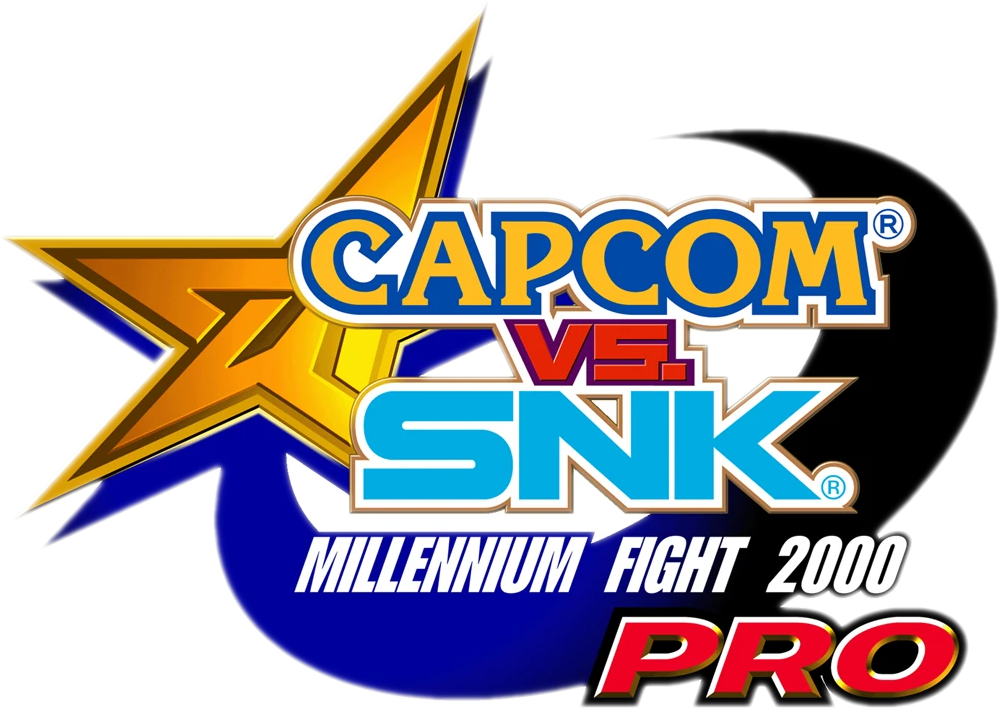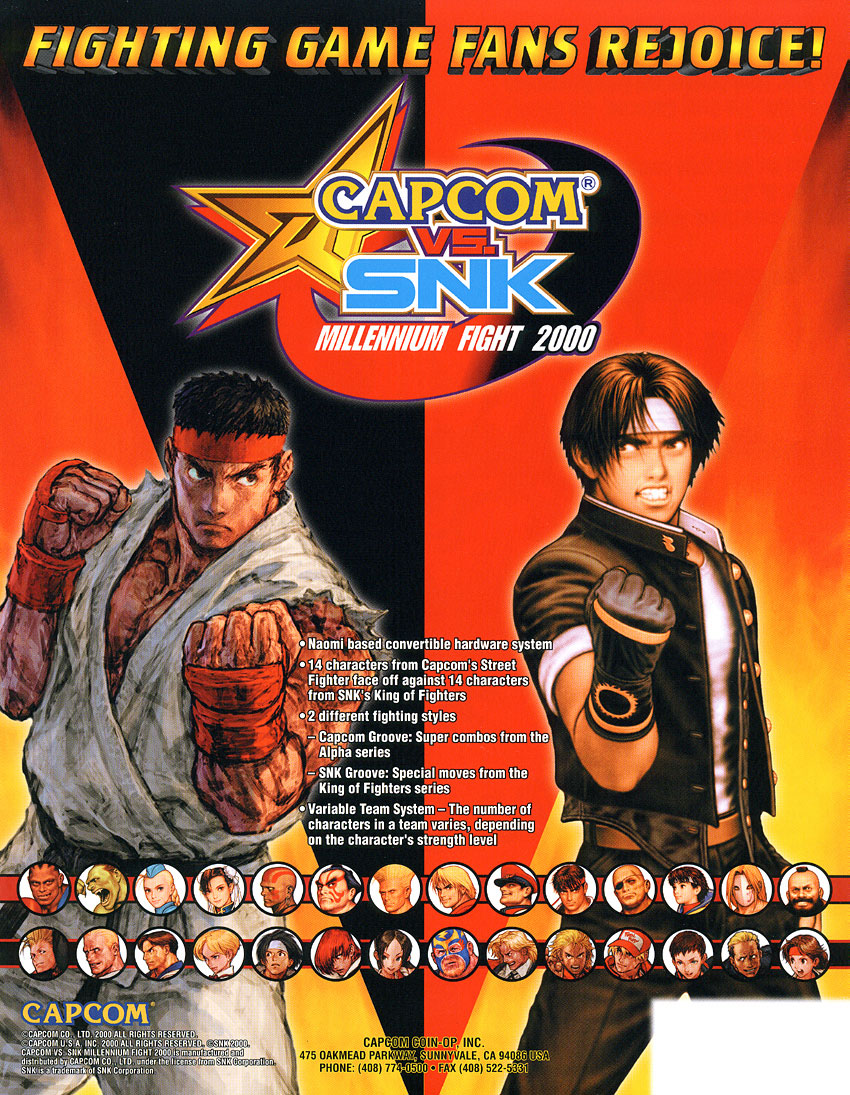

Capcom: Match of the Millennium (the first crossover). This made for a very streamlined gameplay experience, not all that different from SNK Vs. Specifically, the 4-button control scheme, lack of combos, and heavily minimized movesets held the game back (when compared to some of the top modern fighting games of the era). the gameplay was, ironically, the game's weakest point. While CVS1 offers an especially cool and memorable visual presentation, bangin' soundtrack, neat stage intros & backgrounds, and is a clean-looking 2D fighter with bold pixels and sprites with charismatic animations. Furthermore, one of the first major fighting game tournaments I went to featured CVS1 and MVC2. FUN FACT: CVS1 was one of the first new fighting games I covered when this websiteįirst went online in the year 1999-2000, so I feel a special connection with this game as TFG's Webmaster. uniting and reuniting 2D arcade fighting game players, no matter which "side" they were on back in the 90's. Capcom: The Match of the Millennium, SNK Vs. In retrospect, many would argue CVS1 indeed had a better visual presentation over CVS2 in some ways.Ĭapcom Vs. The bangin' soundtrack and charming robotic voice & sound effects also add aĭistinctive flair. Overall, the 2D character sprites (especially the brand new ones) really pop against the highly-detailed stages, packed with unique visual elements and animations that give the game tons of personality! The stage introductions and variousĭetails in the background are especially nice, overlooking some of the cheaply drawn 2D characters in certain backgrounds. They needed a shower after all these years). The new sprite for "shoto" characters is also a welcomed addition, with Ryu, Ken, and Akuma looking cleaner than ever (and some would argue The fact CVS1 uses sprites from older games does give the game a slightly dated look at certain points, but most of the Alpha sprites still look clean and mesh well against the 100% new sprites. This isĪctually some of Capcom's best sprite-work outside of SFIII: 3rd Strike and the Marvel Vs. who simply look awesome and animated beautifully. The star of the show are, once again, the SNK characters.

Certain older sprites (like Morrigan's ancient sprite from Darkstalkers) look dated, but the SFA3 sprites still look solid and aged well. More impressive than they ever did in KOF! Several Capcom characters like Ryu, Ken, & Bison, were re-drawn fromįighter Alpha sprites were copy-pasted into the game, like Chun Li, Blanka & Sagat. SNK characters were completely re-drawn "Capcom style," and to be honest, most of them look far cleaner and

This game looks, sounds, and feels pretty great. SNK definitely "comes together" as something special. On the bright side: The graphics, sound, and overall presentation of Capcom Vs. Generation of gorgeous 2D sprites and stages! In short, characters in CVS1 feel simplified and unfinished (a problem that was remedied in CVS2). Over on the SNK side, many KOF characters are also missing some of their more modern moves and combos from However, several "important" mids are retooled to directional inputs + a punch or kick button (Example: Ryu's crouching MK is performed by inputting down-back + HK). That said, Capcom players will notice their characters are missing some of their "mid" attacks (especially crouching and airborne moves) -įorcing them to relearn / simplify familiar strategies and combos. SNK features a 4-button layout, not unlike a typical NEOGEO fighting game. The ratio system itself also wasn'tĬompletely accurate in terms of actual character balance.Ĭapcom Vs. More creative with their teams (something the sequel remedied). Naturally, dedicated players and long-time Capcom & SNK fans wanted to be Left out the possibility for many "dream teams". Overall, the ratio system was a unique element to fighting games and somewhat compelling,īut was also probably the biggest downside to the game. Higher defense against a ratio-1 character. Basically, a super move from a ratio-2 character connected on a ratio-1 character will damage them that much more. Players combine their characters in the following ways to form a team: ratio 2 + ratio 2 (2-character team), ratio-1 + ratio-3 (2-character team), or 1 + 1 + 2 (a 3-character team). Each character carries a ratio -Ī number that represents that character's strength (and how much damage


 0 kommentar(er)
0 kommentar(er)
